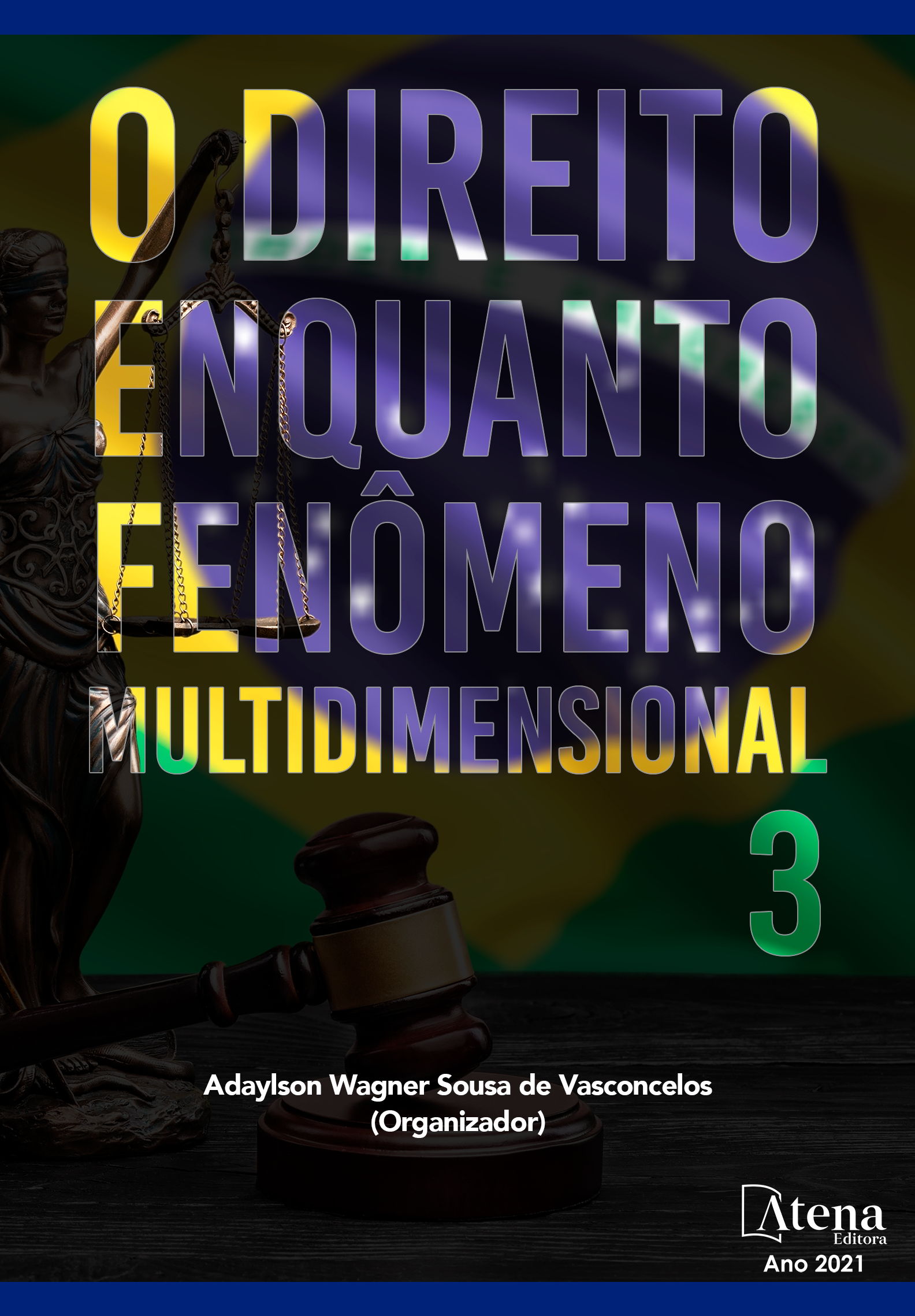
Inteligência Artificial aplicada a Mobilidade Urbana e Trânsito visando Meio Ambiente sustentável
O artigo tem por desiderato analisar a articulação entre inteligência artificial, mobilidade urbana e trânsito visando melhoria do meio ambiente natural e artificial. A metodologia de execução consiste em percorrer quatro pontos consubstanciados nos objetivos específicos da pesquisa: 1) identificar a multidimensionalidade da sustentabilidade; 2) caracterizar a dimensão tecnológica da sustentabilidade, que é entrelaçada com as demais dimensões (econômica, social, ambiental e jurídico-política), com enfoque na questão viária; 3) apresentar experiências com o uso de novas tecnologias que facilitam a circulação; 4) discorrer sobre o uso da inteligência artificial na mobilidade urbana e trânsito. Utiliza-se o método de abordagem indutivo. A guisa de considerações finais diante de resultados práticos obtidos conclui-se salutar a utilização de novas tecnologias e inteligência artificial para concretizar a sustentabilidade na mobilidade urbana e trânsito, proporcionando homeostase no meio ambiente natural e artificial, para a atual e futuras gerações.
Inteligência Artificial aplicada a Mobilidade Urbana e Trânsito visando Meio Ambiente sustentável
-
DOI: 10.22533/at.ed.6272119089
-
Palavras-chave: Inteligência artificial. Tecnologia. Mobilidade urbana. Trânsito. Sustentabilidade.
-
Keywords: Artificial intelligence. Technology. Urban mobility. Traffic. Sustainability
-
Abstract:
The article aims to analyze the articulation between artificial intelligence, urban mobility and traffic in order to improve the natural and artificial environment. The execution methodology consists of going through four points embodied in the specific objectives of the research: 1) to identify the multidimensionality of sustainability; 2) to characterize the technological dimension of sustainability, which is intertwined with the other dimensions (economic, social, environmental and legal-political), with a focus on the road issue; 3) present experiences with the use of new technologies that facilitate circulation; 4) talk about the use of artificial intelligence in urban mobility and traffic. The inductive approach method is used. As a guideline for final considerations in view of the practical results obtained, it is concluded that the use of new technologies and artificial intelligence is healthy to achieve sustainability in urban mobility and traffic, providing homeostasis in the natural and artificial environment, for the current and future generations.
-
Número de páginas: 19
- Oscar Francisco Alves Junior


